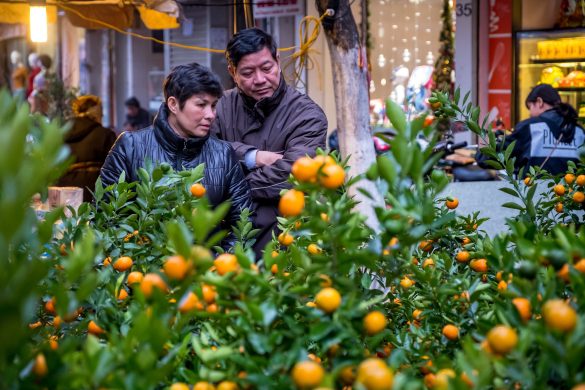De små nationale NGOer i u-landene, der gør i humanitær nødhjælp, får næsten ingenting, selv om stadig flere af dem er godt rustede teknisk og kapacitetsmæssigt – de mange humanitære millioner fra verdenssamfundet kan de vinke langt efter, men måske er forsigtigt nybrud på vej.
HIGHLIGHTS
* National NGOs get tiny percent of direct official humanitarian aid
* Large donors wary (tilbageholdende) of funding national NGOs
* Information gaps on third-party funding agreements
* Donors need to keep up with changing times
DAKAR, 15 September 2014 (IRIN): With humanitarian aid effectiveness high on the agenda of the 2016 World Humanitarian Summit, there is much talk of how to reform humanitarian financing to make it more inclusive of national NGOs, but risk aversion (risiko-minimering) will slow progress, say analysts.
Between 2009 and 2013 local and national NGOs received 1.6 percent of the humanitarian aid that international donors gave to NGOs, representing 0.2 percent of total humanitarian aid, according to research by Development Initiatives.
Development: OK – relief: NO
The actual percentages might be different given that these figures represent only assistance reported to the UN Financial Tracking System. All agree, however, that the percentage is low, particularly when compared to the development sector, which turns to national NGOs far more prominently.
Guillaume Le Duc, director of development and communications at NGO Alima which partners with national NGOs, said this amounts to exclusion, noting that even strong, technically expert NGOs – such as BEFEN in Niger and Alerte Santé in Chad – cannot access (få del i) the bulk of international funding directly.
As a result, “it qualifies the capacity to manage and deliver services based on the citizenship of the organization and not on the quality of the staff or their track record,” he said, adding:
“Qualified staff who worked for MSF [Médecins Sans Frontières] in other countries and wanted to return home could find no work in their own country.”
Reduces aid effectiveness
For Makimere Tamberi, president of Chadian health NGO Alerte Santé, which relies on funds through ALIMA as well as some small-scale foundation funding, said this exclusion reduces aid effectiveness.
“Qualified national NGOs can intervene more quickly than international NGOs. We’re already there [in the country]. We have the expertise. We can do it more cheaply. If money were given directly, it would speed up the response,” he told IRIN.
Alerte Santé was running a nutrition programme in Southern Chad’s camps for returnees and refugees from the Central African Republic and applied for international funding to extend it, but had to cut it short due to the lack of response.
“Aid at the Sharp End”
In the first report done on national NGO humanitarian funding, “Aid at the Sharp End”, NGO CAFOD sharply criticized the current funding system when it comes to the approach to national NGOs:
“International financing for national NGOs. is not fit for purpose. It is unpredictable, volatile, difficult to access, insufficient and is not sufficiently enabling to support the strengthening and capacity development. that is central to improving preparedness, response capacity and resilience to disasters.”
Most national NGOs receive funding through international NGOs or sometimes UN agencies, according to analysts. But some direct international funding is available: notably country-based pooled funds which have been set up in several countries and deemed to work well, particularly in Somalia, Sudan and the DR Congo.
The proportion of pooled fund money going to national NGOs has increased gradually over recent years.
Perceived risks
Læs videre på
http://www.irinnews.org/report/100610/rethink-needed-on-humanitarian-funding-for-national-ngos














